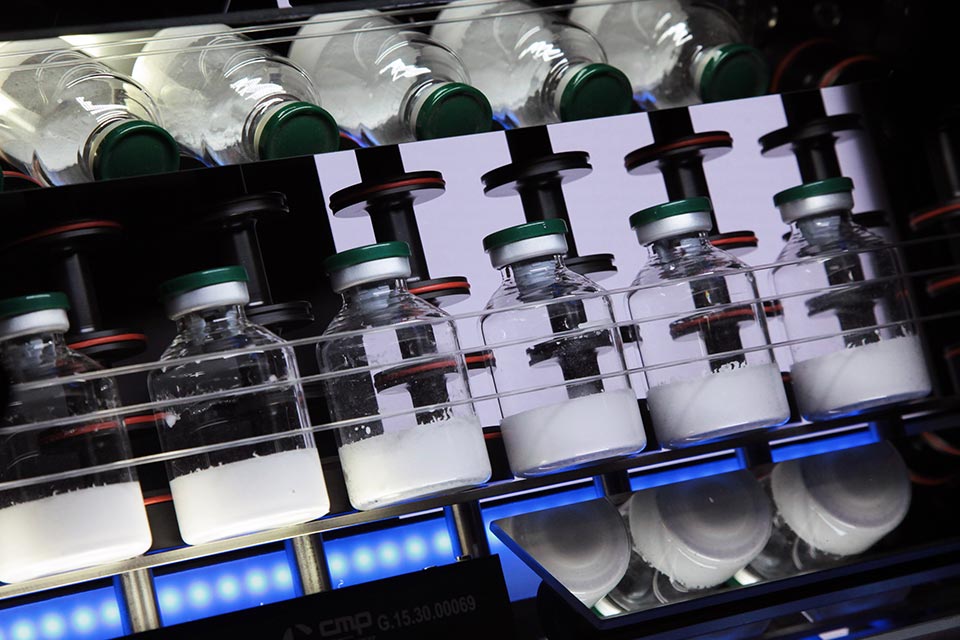In 2021, Moderna recalled 3 batches of COVID-19 vaccines that were distributed in Japan. These batches were said to be contaminated with stainless steel particles believed to be “caused by incorrect assembly due to a visual misjudgment of the required 1mm gap between the stopper lids on the vials and the machinery that is used to insert them”. Then in 2022, Moderna once again recalled another batch of the vaccine when a single vial was found to be contaminated with a foreign body.
In their statement, Moderna stated that they do not believe that “this poses a risk to other vials in the lot and does not believe that this affects the significant benefit/risk profile of the vaccine”.
Big pharmaceuticals mean large-scale production, and oftentimes these pharmaceutical products are manufactured through multiple sites which may be in different countries. While these sites may follow standardized procedures for creating the final product, each site will have its own equipment and small discrepancies can still arise between vials distributed for use. Variations typically occur in pharmaceutical manufacturing processes from one batch to another, reducing such variations is key.
A recent Fisher-Rosemount patent application proposes an automated method for manufacturing biopharmaceuticals that utilizes data analysis to reduce variations between batches from one manufacturing site to another. Essentially, the patent filing is for a “controlled, secure system to facilitate recipe documentation and transmittal for execution.”
The recommended process begins with gathering manufacturing site equipment data such as flow rate, piping diameter, depth, and volume. These parameters are then combined with information about the pharmaceutical product’s steps and process parameters. By analyzing this collected data, a suitable production site can be identified that is more conducive to mass-producing the pharmaceutical product. After selecting a suitable site, an instruction set is generated for the equipment at that location so it can follow specific guidelines during production. Finally, this instruction set is transmitted to the chosen site where it will be implemented to produce consistent batches of the desired pharmaceutical product. By employing a data-driven approach throughout every step of the process, there is potentially greater control over variables and consequently fewer variations from batch-to-batch.
US 2023/0050810 was filed on September 23, 2022 by Fisher-Rosemount Systems, Inc.
More on smart manufacturing in our 2023 Technology Trends Report

